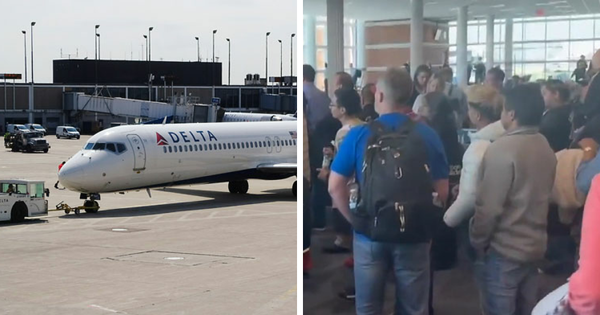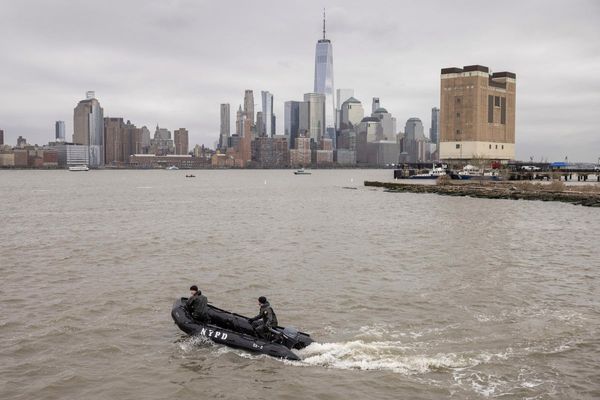
AUGUSTA — I was waiting for the Augusta National Media Resort & Spa staff to finish shining my notebooks Tuesday when a question popped into my head:
Who is the most powerful person in men’s professional golf?
It’s not PGA Tour commissioner Jay Monahan. When he uses an ATM, he has to close his eyes while one of his players enters his PIN.
It’s not LIV Golf CEO Scott O’Neil. His tour has more champagne celebrations than viewers, and anyway, O’Neil essentially works at the pleasure of Saudi Arabia’s royal family, and the pleasure tends to be theirs.
It’s not Saudi Arabia Public Investment Fund governor Yasir Al-Rumayyan. He has dumped more than a billion dollars into the game and still hasn’t gotten anything he really wanted out of it.
It’s not Tiger Woods. He is still by far the game’s biggest star, and he is on the PGA Tour’s board of directors, but since his February 2021 car accident, he has played on Sunday in four Tour events. Not four majors—four tournaments. Woods just tore his Achilles tendon. He turns 50 at the end of this year. His value at this point is his name and his voice.
It’s not Scottie Scheffler. He is the best player in the world, but he has very little interest in the power that could come with the position.
It’s not Rory McIlroy. He is the most popular player in the world, and he would like the power that comes with the position, but he doesn’t have it at the moment. There are two things McIlroy wants most out of the sport, another major and unification, and he can’t seem to accomplish either.
It’s not Augusta National chairperson Fred Ridley. He runs the game’s most famous event at its best-known venue, but no matter how many times people genuflect toward the azaleas, Ridley is still just running an event at a venue. Augusta National could use Masters invitations as leverage to shape the game, but if it hasn’t happened by now, it won’t happen.
It’s not Fenway Sports Group, which has agreed to invest $3 billion into the Tour as part of its larger strategic plan to turn money into more money. For players, the point of the investment was to empower them, not Fenway.
It’s not USGA CEO Mike Whan or Royal & Ancient Golf Club Secretary Martin Slumbers. They might be guardians of the game, but there is not a single star who would say he answers to Whan or Slumbers.
Is it Patrick Cantlay? He is on the Tour’s board of directors, and he has helped reshape the Tour’s strategy in the last three years, but it’s not entirely clear what that strategy is. As an entertainer, Cantlay is a Mercedes on the side of the road: You notice it’s there, you figure whoever is inside will be fine, and you aren’t going to stick around to find out.
It’s not Bryson DeChambeau. He has been smiling a lot more since his recent software update, and he spoke again Tuesday of trying to “inspire” people through optimization of trapezoidal hypochondria or something, but no matter how much content he creates, DeChambeau is the definition of a niche performer.
It’s not Brooks Koepka. He has won five majors, the most of any player of his era, but if you gave him all the power in the sport, he would use it to end every meeting after five minutes.
I am a bit of a relic because authoritarianism is not really my thing. But even I think a successful enterprise needs somebody in charge.
Everybody is tired of talking about golf’s great divide, and for good reason: It’s tiresome! In his press conference here Tuesday, McIlroy was not even asked about negotiations with LIV Golf. What can he even say at this point? What can anybody say? Every story about the PGA Tour is some version of “we could reach a deal, but we might not, but we should, but we shouldn’t.” DeChambeau said Tuesday that if top players all got together, “I think we could figure it out,” and that sounds good, but the last time top players were all together, he left.
The conversation is tiresome. But the divide still exists, and it is still a problem. We’ve been down this road many times, but when players defected to LIV, the Tour had two options:
1. Say it would never take PIF money, and stick to it.
2. Negotiate the best possible deal to enrich its members and retake control of golf.
Monahan started with No. 1. On June 6, 2023, he suddenly pivoted to No. 2. Since then, the Tour has gone with a third option: Say you’ll complete a deal, but don’t actually do it.
There is a cost to that. Jon Rahm left when it looked like the Tour and LIV would merge; if Monahan had stuck with his (admirable) Never PIF position, Rahm might still be a PGA Tour golfer. LIV Golf still doesn’t have much traction, but it does have a deal with Fox, and if a LIV golfer wins the season’s first two majors, people might actually start watching LIV Golf.
People keep figuring somebody will solve the riddle on the chalkboard. But look around. We don’t even know who has the chalk.
More Masters Coverage on Sports Illustrated
This article was originally published on www.si.com as Golf's Great Divide Drags on and No One Has the Power to Solve It.







